When it comes to Minolta and Konica, both had terrific optical quality throughout their run as separate companies, but at some point in the merger is where they started to lose a little steam. And while there were still some winners, there were also some troublesome lenses. No company can be 100% perfect all the time when it comes to optics. Sure, the Nikon Series E had some winning glass, but that line also had some bad lenses. This is the second Konica-Minolta lens I’ve reviewed, and it is not what I was expecting, and that’s not a good thing. I got this lens as part of a package deal with a Maxxum 70. While the 70 is an amazing camera, the lens itself is a little lacklustre, I mean, there are some serious flaws, but it’s half-decent for what it is, a barebones kit lens from the last days of 35mm cameras coming out of Konica-Minolta.
Lens Specifications
Make: Konica-Minolta
Model: Zoom AF 28-100mm 1:3.5-5.6 D
Focal Length: 28-100mm
Focal Range: ∞ – 0.48m
Aperture: f/3.5 – f/22 (28mm), f/5.6 – f/38 (100mm), 9 Blades
Structure: 10 Elements in 8 Groups

Minolta Maxxum 9 – Konica-Minolta Zoom AF 28-100mm 1:3.5-5.6 D – Ilford Delta 400 @ ASA-400 – Adox FX-39 II (1+9) 9:30 @ 20C
Minolta Maxxum 9 – Konica-Minolta Zoom AF 28-100mm 1:3.5-5.6 D – Ilford Delta 400 @ ASA-400 – Adox FX-39 II (1+9) 9:30 @ 20C
Minolta Maxxum 9 – Konica-Minolta Zoom AF 28-100mm 1:3.5-5.6 D – Ilford Delta 400 @ ASA-400 – Adox FX-39 II (1+9) 9:30 @ 20C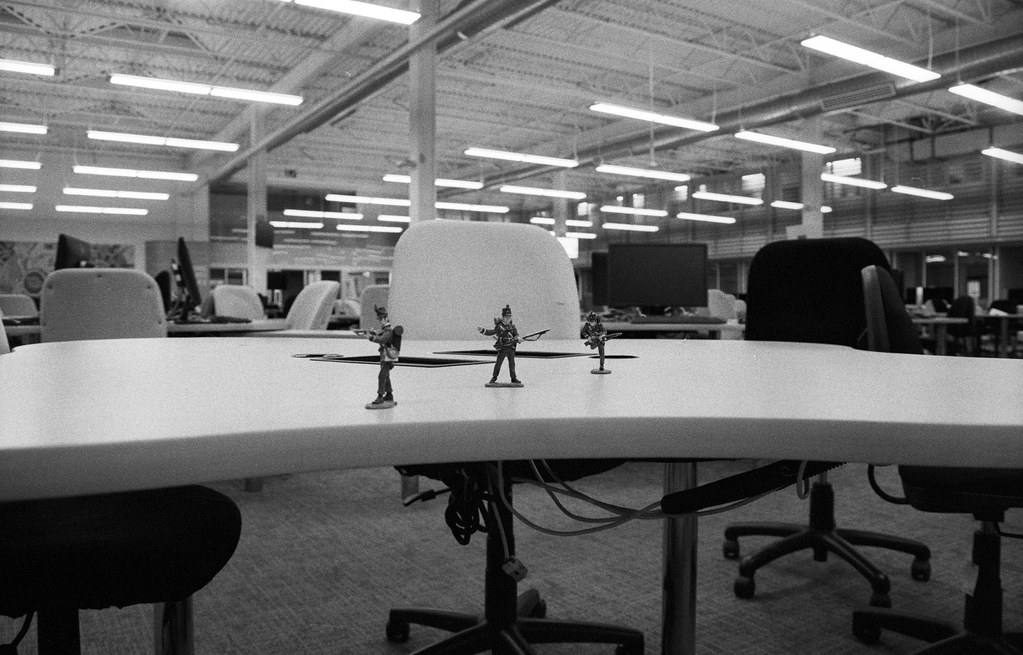
Minolta Maxxum 9 – Konica-Minolta Zoom AF 28-100mm 1:3.5-5.6 D – Ilford Delta 400 @ ASA-400 – Adox FX-39 II (1+9) 9:30 @ 20C
Minolta Maxxum 9 – Konica-Minolta Zoom AF 28-100mm 1:3.5-5.6 D – Ilford Delta 400 @ ASA-400 – Adox FX-39 II (1+9) 9:30 @ 20C
Minolta Maxxum 9 – Konica-Minolta Zoom AF 28-100mm 1:3.5-5.6 D – Ilford Delta 400 @ ASA-400 – Adox FX-39 II (1+9) 9:30 @ 20C
Build Quality
This lens looks and feels cheap; it’s all plastic, right down to the mount and the internals; it’s lightweight and, on a heavier camera, looks ridiculous. The 28-100mm probably would feel more at home on the Maxxum 70 than on the Maxxum 9. This is the first lens to throw off a camera’s balance because it will make it back instead of front heavy. The one problem with almost all the camera’s inner workings being made of plastic is that the gears that drive the autofocus can break. You might get some warning if a tooth falls off here or there, but if the entire gear goes, you’re dead in the water. You can manually focus the lens, but it is not the most straightforward task, as the A-Mount was designed specifically for autofocus operations from the ground up. That said, the layout and feel of the lens in operation aren’t too bad, the zoom ring is significant, the rubberised material handles well, and it moves from 28mm to 100mm in a short distance. One good quality about the lens is that the autofocus motor is fast and, paired with a good camera, is deadly accurate.
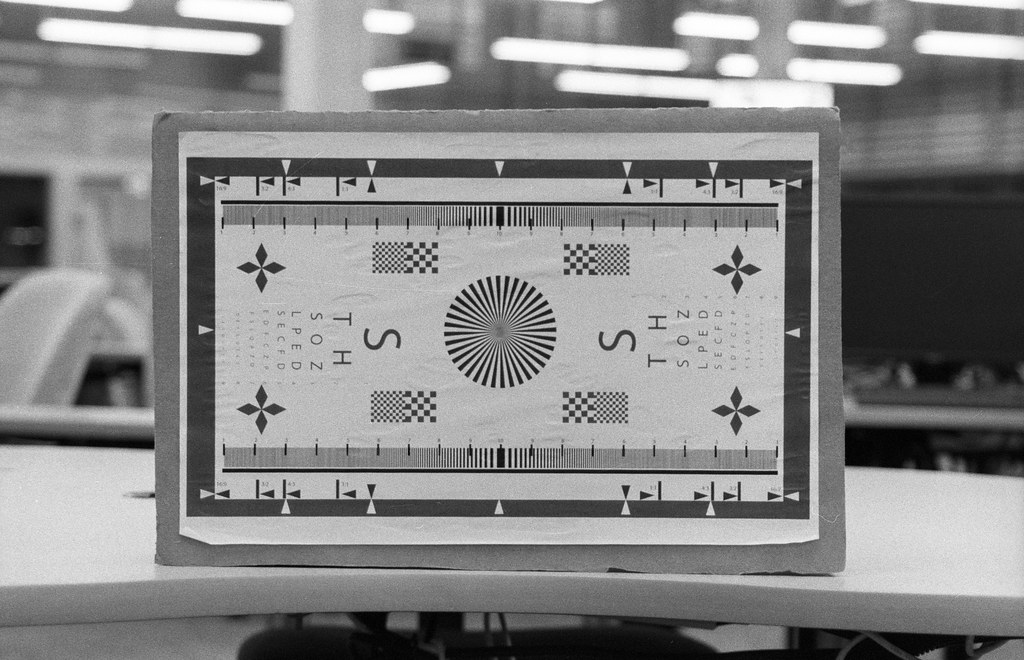
Minolta Maxxum 9 – Konica-Minolta Zoom AF 28-100mm 1:3.5-5.6 D – Ilford Delta 400 @ ASA-400 – Adox FX-39 II (1+9) 9:30 @ 20C
Minolta Maxxum 9 – Konica-Minolta Zoom AF 28-100mm 1:3.5-5.6 D – Ilford Delta 400 @ ASA-400 – Adox FX-39 II (1+9) 9:30 @ 20C
Minolta Maxxum 9 – Konica-Minolta Zoom AF 28-100mm 1:3.5-5.6 D – Ilford Delta 400 @ ASA-400 – Adox FX-39 II (1+9) 9:30 @ 20C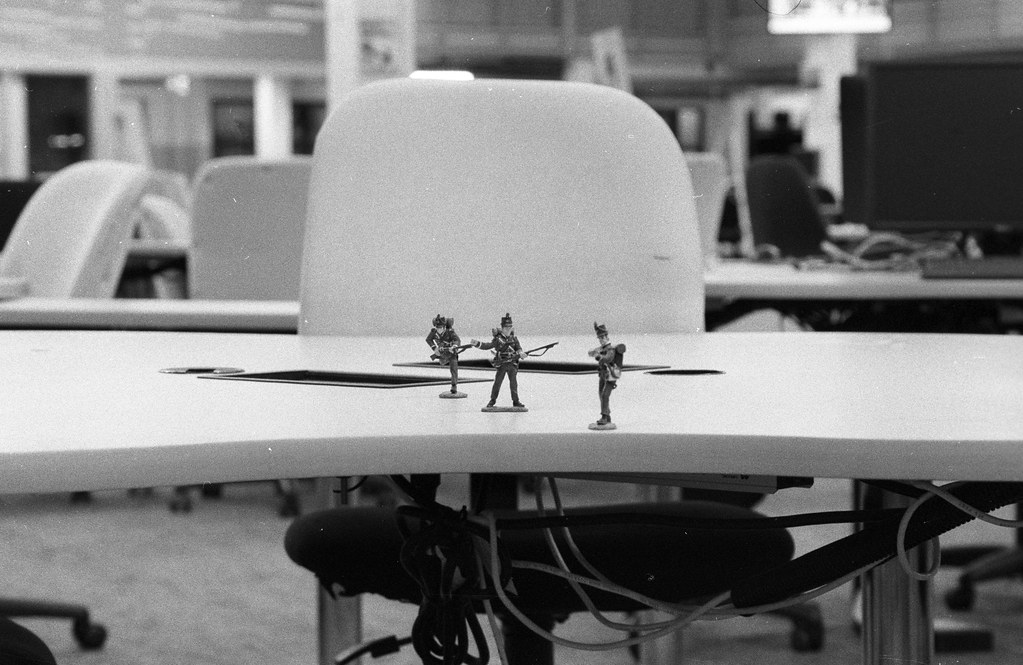
Minolta Maxxum 9 – Konica-Minolta Zoom AF 28-100mm 1:3.5-5.6 D – Ilford Delta 400 @ ASA-400 – Adox FX-39 II (1+9) 9:30 @ 20C
Minolta Maxxum 9 – Konica-Minolta Zoom AF 28-100mm 1:3.5-5.6 D – Ilford Delta 400 @ ASA-400 – Adox FX-39 II (1+9) 9:30 @ 20C
Minolta Maxxum 9 – Konica-Minolta Zoom AF 28-100mm 1:3.5-5.6 D – Ilford Delta 400 @ ASA-400 – Adox FX-39 II (1+9) 9:30 @ 20C
Image Quality
There’s nothing special about this lens; it does exactly what you need it to do, and there’s nothing unique about the image quality. However, when shooting wide open (f/3.5 or f/5.6), the images are soft, even with a good focus point. While it is not too bad at 28mm, you can see it more at the 100mm mark once you’re stopped down to f/8 and more. During the image tests, the one thing that I observed is that when wide-open, there’s no vignetting or fall-off in the corners as I would have expected with a lens of such low quality. There is distortion at both the 28mm and 100mm marks; as I did, you can adjust the images in post-processing to adjust for this distortion. But overall, the distortion isn’t too bad; I found it more noticeable at the 100mm mark than at the 28mm mark. It seems the sweet spot for the lens is at the 50mm mark, with no distortion and good sharpness. There’s nothing special about the lens’s out-of-focus rendering; it’s relatively smooth, with no special effects, but there’s nothing wrong with that; with such a slow aperture, you aren’t going to be doing wide-open portraits with this lens.

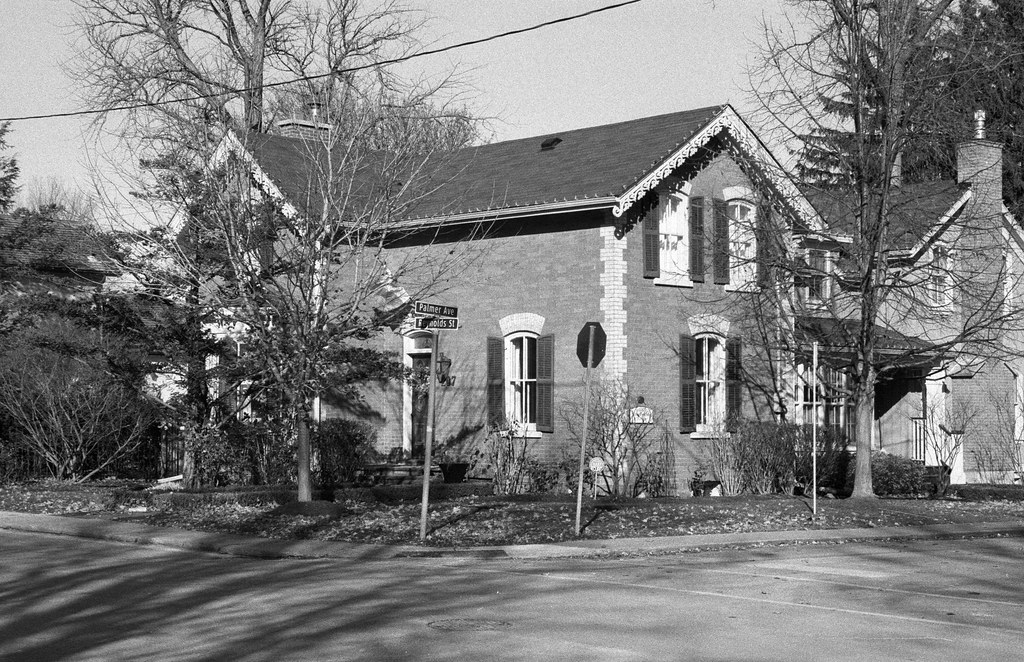

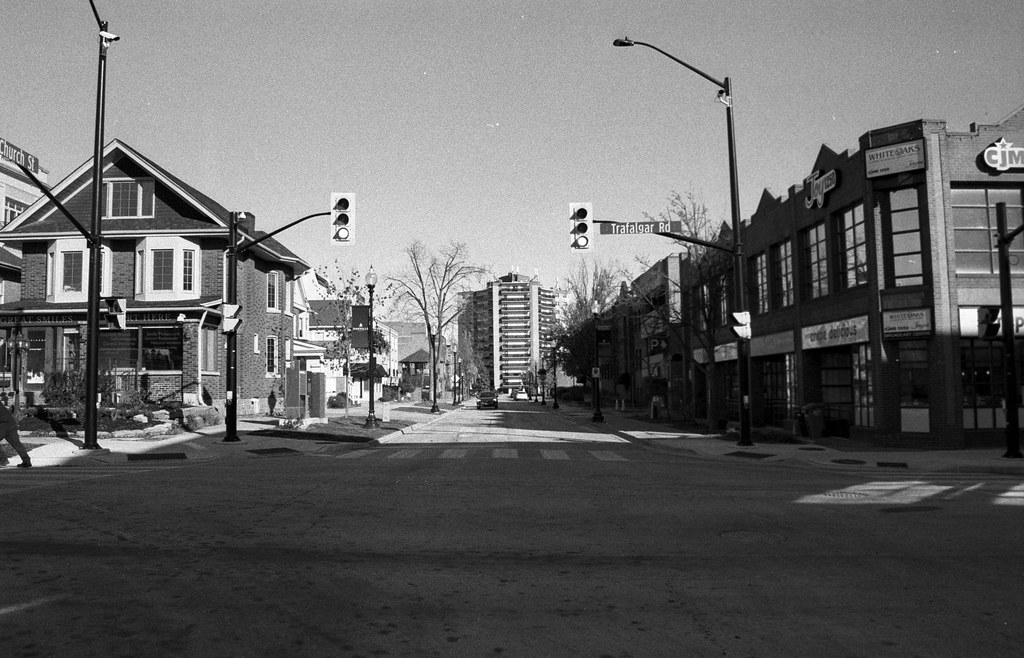
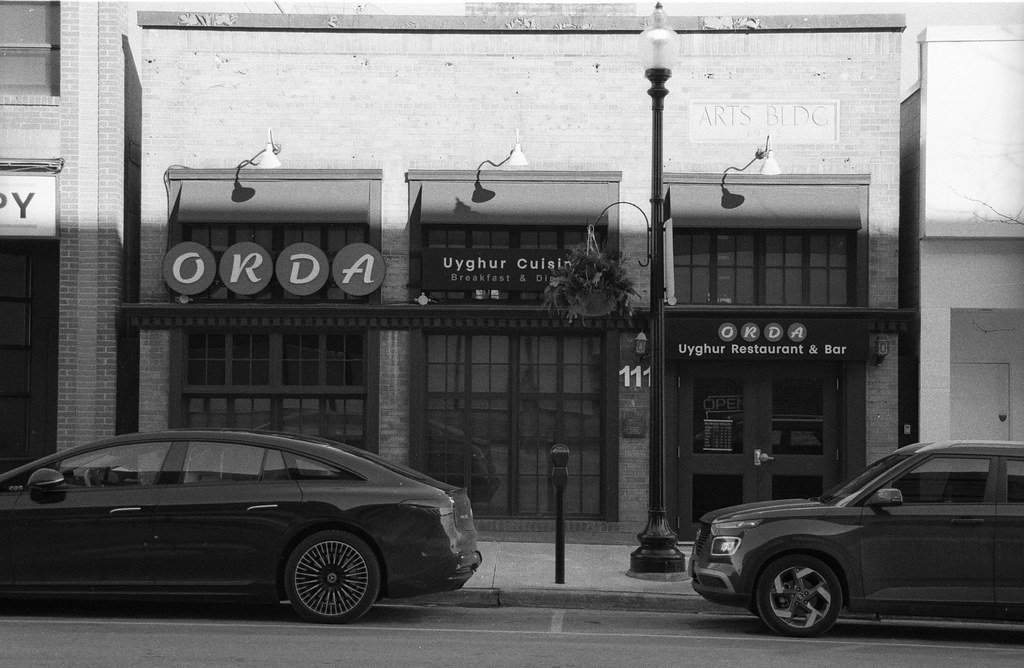
Applications
As a kit lens, this is a lens that tries to do anything you want to do with the lens. Usually paired with an entry-level SLR, it is truly a jack-of-all-trades and master of none. It isn’t even a master of one. With the distortion at both the wide and telephoto end, it takes some work to get straight lines. And with only an f/5.6 wide-open at 100mm, you might get some decent portraits. It’s best to pair it with a flash when working in low light. But if there is a single application for this lens, it is as a gateway; often, you’ll find this lens paired with a cheap-and-cheerful entry-level SLR from the early 2000s, something that won’t break the bank as a way into film photography. And for that purpose, it isn’t bad; you aren’t going to get stellar results, but you will get okay results. And sometimes that’s enough to get someone hooked and pick up some different and better glass. While this lens is designed initially for work with 35mm, being an A-Mount lens, you can use this lens on Sony Alpha series DLSRs. You can be adapted for E-Mount mirrorless cameras, but you’ll run into more problems than you want with a crop-sensor camera, but you will get similar results from a full-frame sensor.
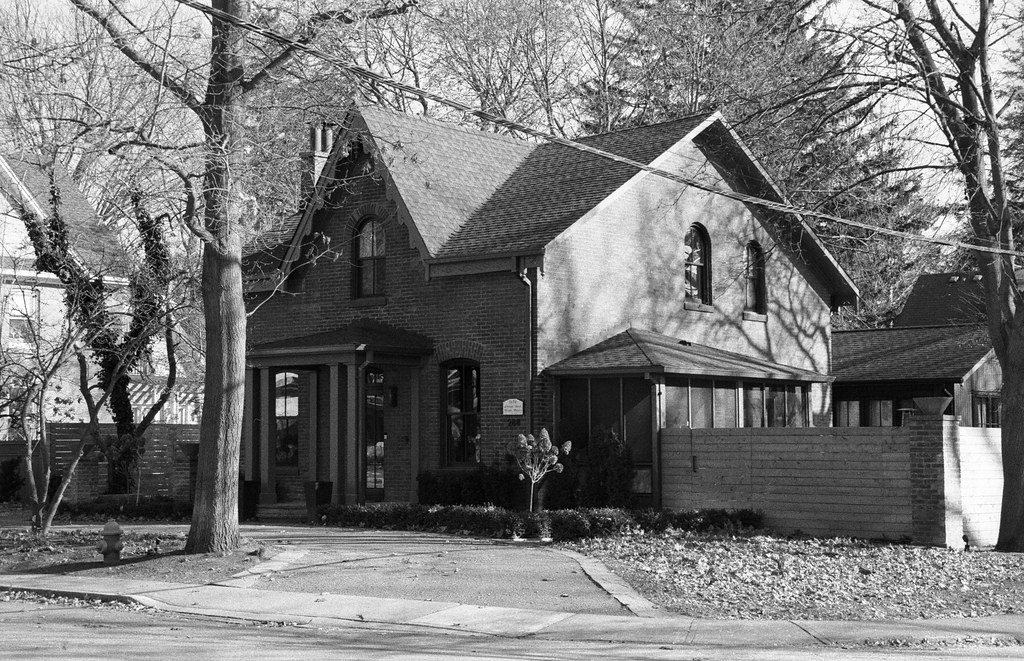
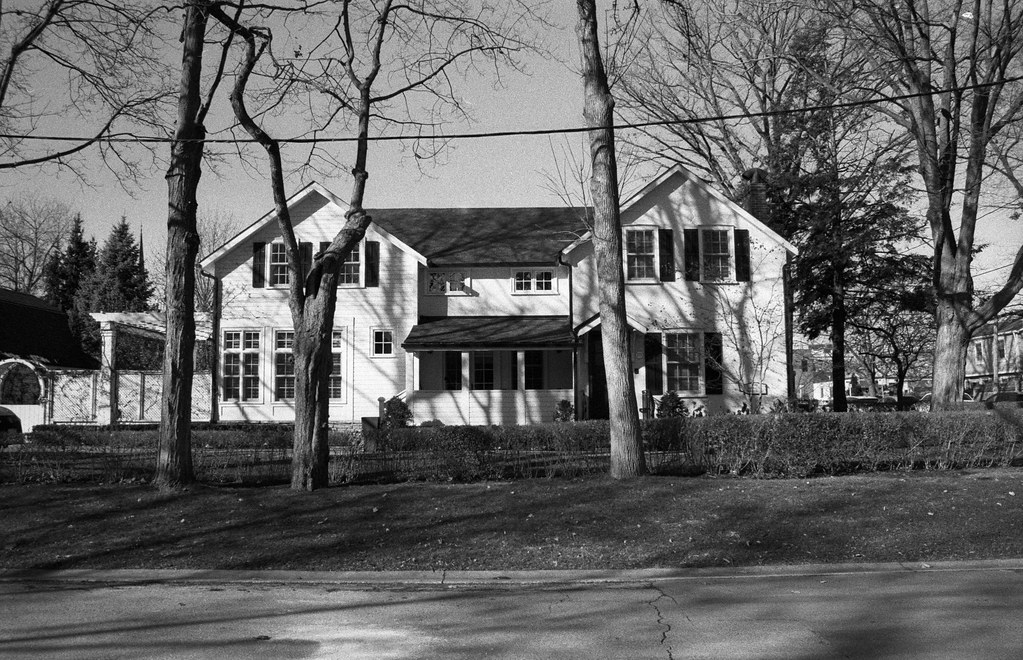
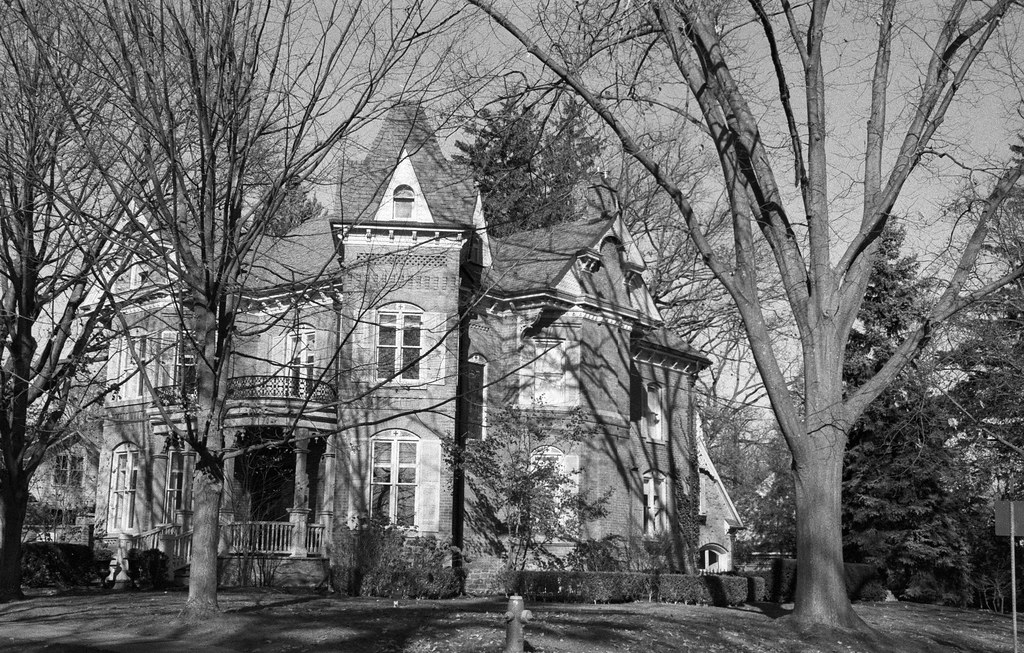


The Low Down
This is not a lens I would actively seek; I have a pile of excellent Minolta A-Mount lenses that all perform better than the 28-100mm. So if mine breaks, I won’t be buying a replacement. On the used market, this lens runs between 25-50$, but honestly, I wouldn’t pay 50$ for this lens; probably a reasonable price is around the 30-35$ point. It is available in black and silver finishes, so you can buy the lens that matches your camera’s finish. This lens works perfectly with my Maxxum 70; it is from the right era, fits the compact size of the camera and makes for an excellent combination for the Frugal Film Project, which I’m using for my participation in the annual project. Overall this is not a great lens. It isn’t even a good lens; I rate it as okay. And for what it is, that’s a fair and decent rating. Don’t expect top quality or anything interesting, but do expect an okay image that will let you experiment without needing to sink too much into the system, and if you find you don’t like it, you aren’t down too much cash.
Further Reading
Don’t just take my view on the Zoom AF 28-100mm; check out these other reviews.
Dyxum – Minolta AF 28-100mm F3.5-5.6 D A-mount lens reviews
Imaging Resource – Konica Minolta 28-100mm f/3.5-5.6 D AF

Thank you for your review of this lens. However,I am not sure if you tested the version of this lens that I am interested in. The one I am looking at is an AF Zoom 28-100mm 1:3.5-5:5 D with macro capabilities. I didn’t see you review the macro possibilities of this lens. So maybe the copy you had didn’t have the macro. I hope that a better and most complete evaluation can be made,specially if we are looking to use this lens on the macro spectrum of photography.
You’re welcome! No, this lens that I reviewed does not have macro capabilities. I also would not recommend the one that does. They are poorly made and have dodgy optical properties. If you want a good A-Mount macro lens go for the dedicated 100mm f/2.8 MACRO, it has true 1:1 macro capabilities.